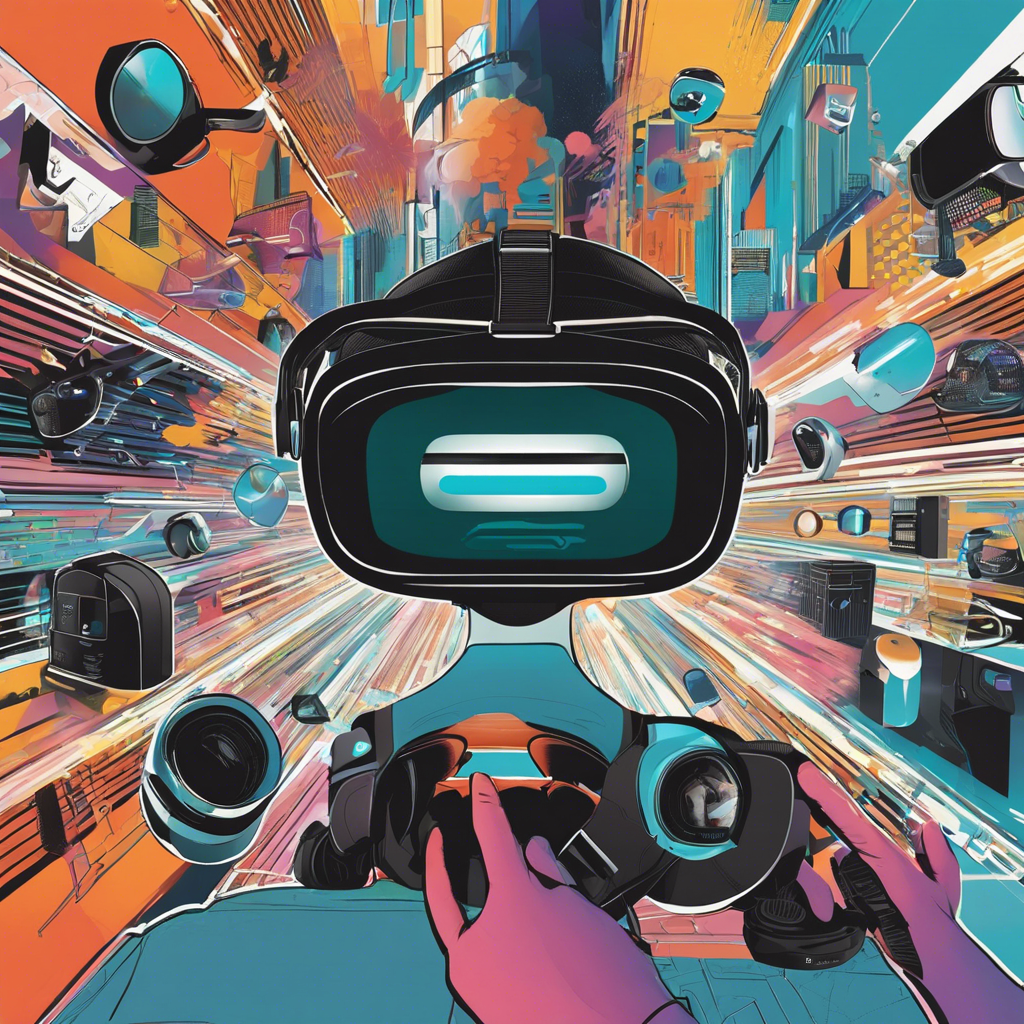The world of virtual reality is experiencing a renaissance, with the latest generation of VR headsets offering a transformative experience that immerses users in digital realms. The technology has come a long way since its inception, and now, with advancements in display technology, tracking systems, and input methods, VR is poised to revolutionize not just gaming and entertainment but also education, training, and social interaction.
The latest VR headsets boast stunning visual fidelity, thanks to high-resolution displays and advanced lens technologies that provide a wide field of view and minimal distortion. This creates a sense of presence, making digital objects and environments feel tangible and life-like. Audio enhancements, such as built-in spatial audio, further enhance the immersion, allowing users to pinpoint sounds with accuracy and experience a fully realized 3D soundscape.
Tracking systems have also seen significant improvements. Inside-out tracking, which uses cameras on the headset to track movement, has largely replaced external sensors, offering greater flexibility and allowing users to freely move around virtual spaces. This freedom of movement is further enhanced by advancements in input methods, with hand-tracking and controller-free interactions becoming more prevalent, allowing users to interact with virtual objects as they would in the real world.
The VR industry is also making strides in addressing comfort and accessibility concerns. Headsets are becoming lighter and more comfortable to wear, with improved weight distribution and ergonomic designs that reduce fatigue during extended use. Additionally, software advancements are mitigating motion sickness, making VR accessible to a wider audience.
The content ecosystem for VR is flourishing, with a diverse array of games, interactive experiences, and 360-degree media. VR gaming, in particular, is witnessing a surge in popularity, with titles offering everything from immersive storytelling and puzzle-solving to intense multiplayer battles and physical simulations. Beyond gaming, VR is making inroads in industries such as healthcare, where it is used for medical training and patient therapy, and in education, where it facilitates immersive learning experiences.
The social aspect of VR is another area of focus, with platforms creating virtual spaces for people to connect and interact. These social VR applications enable users to meet, collaborate, and even attend virtual concerts and events together, fostering a sense of community and shared experiences. The ability to bring people together from across the globe in a virtual space opens up new possibilities for remote collaboration and social engagement.
As VR technology continues to evolve and mature, it is shaping the future of human-computer interaction and blurring the lines between the physical and digital worlds. With its potential to transport users to fantastical realms, enhance learning and productivity, and facilitate social connections, the next generation of VR headsets is poised to redefine how we work, play, and connect. The possibilities are endless, and the future of VR looks brighter than ever.
